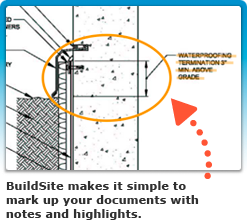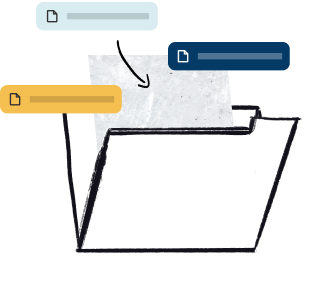Abstract
This specification describes the required properties and test methods for high-solids content, cold liquid-applied elastomeric membrane with integral wearing surface for waterproofing building decks not subject to hydrostatic pressure. This specification does not include specific requirements for skid resistance or fire retardance, although both may be important in specific uses. The properties to which the materials will be tested upon for conformance are as follows: weight loss of base coat; low temperature crack bridging; adhesion-in-peel to cement mortar and plywood substrates after water immersion; chemical resistance after water, ethylene glycol, and mineral spirits exposure; weathering resistance, recovery from elongation, tensile retention, and elongation retention; abrasion resistance; and stability.
This abstract is a brief summary of the referenced standard. It is informational only and not an official part of the standard; the full text of the standard itself must be referred to for its use and application. ASTM does not give any warranty express or implied or make any representation that the contents of this abstract are accurate, complete or up to date.
1. Scope
1.1 This specification describes the required properties and test methods for a cold liquid-applied elastomeric membrane for waterproofing building decks not subject to hydrostatic pressure. The specification applies only to a membrane system that has an integral wearing surface. This specification does not include specific requirements for skid resistance or fire retardance, although both may be important in specific uses.
1.2 The type of membrane system described in this specification is used for pedestrian and vehicular traffic and in high-abrasion applications. The membrane may be single- or multi-component, and may consist of one or more coats (for example base coat, top coat, etc.). The coat(s) may be built to the desired thickness in one or more applications. One coat (base coat) provides the primary waterproofing function and normally comprises the major amount of organic material in the membrane. The function of the top coat(s) is to resist wear and weather. Aggregate may be used as a component of the membrane system, as all or part of a course, to increase wear and skid resistance.
1.3 The committee with jurisdiction over this standard is not aware of any comparable standards published by other organizations.
1.4 Test methods in this specification require a minimum 0.5-mm [0.020-in.] base coat dry film thickness. Actual thickness required for a particular application and the use of aggregate in topcoats shall be established by the membrane manufacturer.
1.5 The values stated in either SI units or inch-pound units are to be regarded separately as standard. The values stated in each system may not be exact equivalents; therefore, each system shall be used independently of the other. Combining values from the two systems may result in non-conformance with the standard.
1.6 The following safety hazards caveat pertains only to the test method portion, Section 5, of this specification: This standard does not purport to address all of the safety problems, if any, associated with its use. It is the responsibility of the user of this standard to establish appropriate safety and health practices and determine the applicability of regulatory limitations prior to use.
Reproduced, with permission, from the ASTM International website, copyright ASTM International, 100 Barr Harbor Drive, West Conshohocken, PA 19428. To purchase the complete standard, go to http://www.astm.org/.



